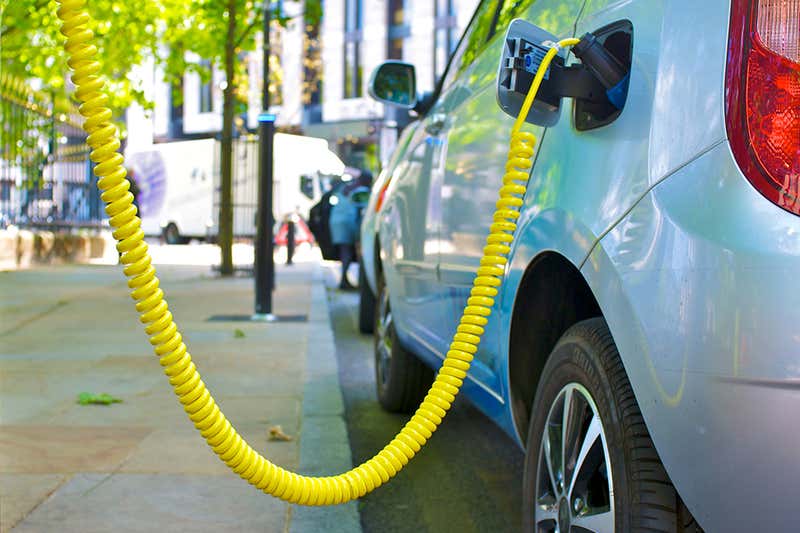Read The Full Article On: Greencarreports
Many EV commuters are suddenly affected by orders to stay at home and, if possible, to work from home. With the electric car parked for extended times, what’s the best strategy for not damaging the battery?
The general advice hasn’t changed much over the years, and it just requires knowing a few key pieces of information about your car.
Both internal-combustion and electric cars are designed to be driven regularly, which is why leaving them stationary for long periods of time can cause problems.
Electric car owners need to keep track of the state of charge of the main battery pack and understand that there’s probably a clunky 12-volt accessory battery, too—yes, even if you get a Tesla Model Y.
While the battery pack provides power to drive the car, the 12-volt battery often powers other electrical components, including battery-management systems and telematics, Transport Eolved notes. That means it’s very likely to get drained if a car is parked for too long.
The lithium-ion cells in the battery packs of most modern electric cars don’t like to be kept at a full state of charge or a very low state of charge for long periods of time.
So if your car allows for preset charging to a specific state of charge, it’s best to set that to roughly half battery capacity, rather than a full recharge—and limit any charging sessions to an 80% ceiling if your car permits that. Some cars may also have “sleep” or “transport” modes for long periods of inactivity.
2017 Chevrolet Bolt EV electric cars charging in garage [photo: Patrick Reid]
However, it’s best to follow manufacturer recommendations on whether to keep an electric car plugged in or not. Many automakers, including Tesla, recommend keeping cars plugged in so charging station can provide power to run battery cooling or heating systems.
Otherwise, the car will have to draw power from the battery pack to run these systems.
Nissan, on the other hand, recommends leaving a Leaf unplugged so it can enter a “deep sleep” mode.
If left unplugged, an electric car battery pack can drain by as little as a few percent of total battery capacity per month, although this depends on a number of factors, including power-sapping features that don’t turn off.
Green Car Reports last year saw a range loss of 2% to 3% overnight, repeatedly, with a Jaguar I-Pace. Jaguar has since massaged a predictive battery reconditioning feature in the I-Pace that was likely guessing when we might go out driving again.
It’s best to turn features like that off—and know when they exist in the first place. So check your owner’s manual—and watch Transport Evolved’s recommendations below.

